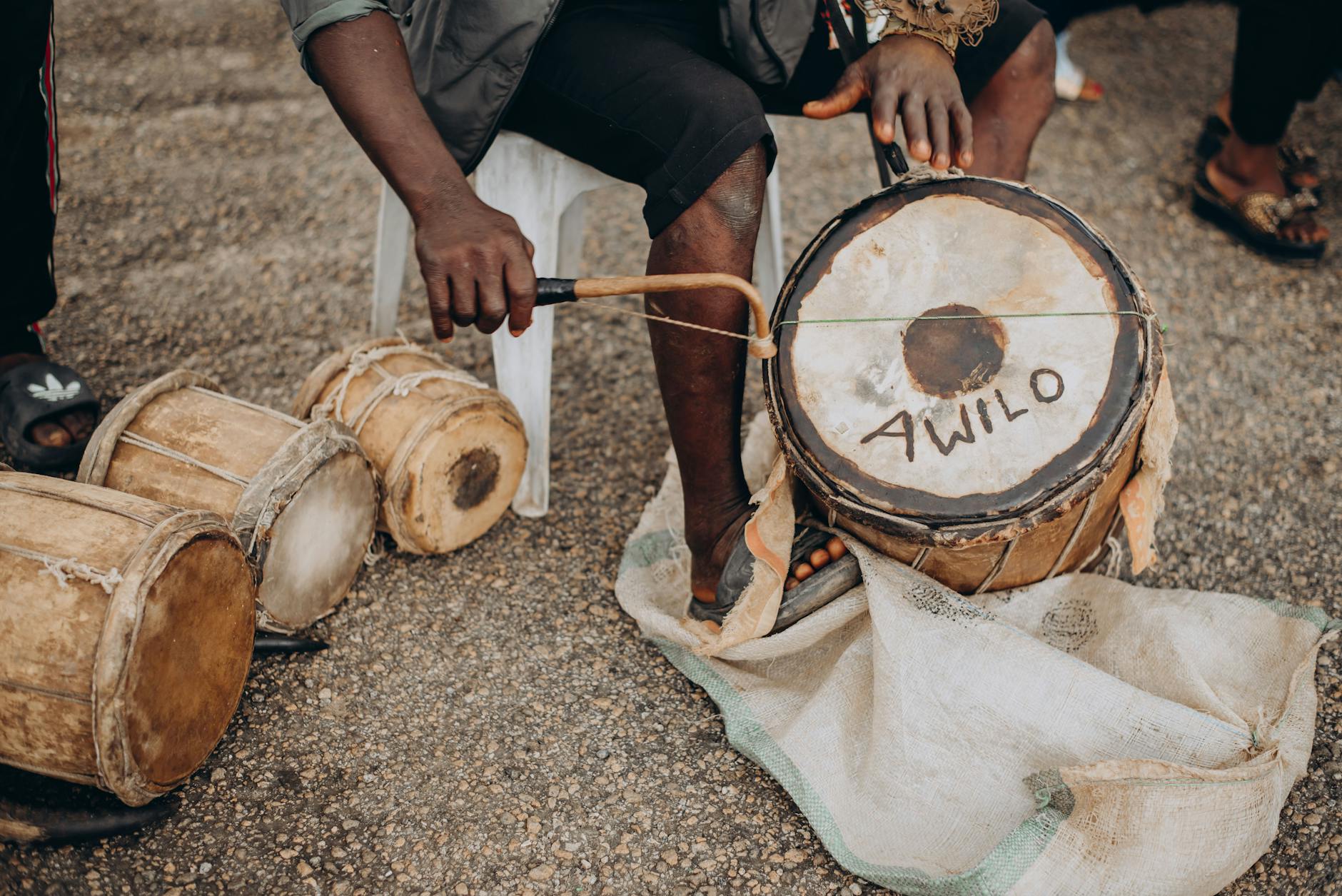The Enduring Power of Global Rhythms: Understanding Traditional Music and Dance
Exploring the Cultural Tapestry Woven by Sound and Movement Worldwide
Traditional music and dance are far more than just performances; they serve as vital conduits for cultural expression, historical memory, and collective identity across the globe. From the percussive heartbeats of African traditions to the refined gestures of classical Indian dance, these art forms offer a rich narrative of human experience. As global interconnectedness grows, so does the interest in understanding and appreciating these foundational artistic expressions. This exploration delves into the significance and diverse manifestations of traditional music and dance, highlighting their role in shaping communities and preserving heritage.
Music and Dance as Cultural Cornerstones
At its core, traditional music and dance are deeply embedded within the fabric of societies. They are not merely aesthetic pursuits but integral components of rituals, celebrations, storytelling, and social cohesion. The specific instruments, melodies, rhythms, and movements employed often carry centuries of history, reflecting the environment, beliefs, and social structures of the people who created them. For instance, the intricate footwork and elaborate costumes in many traditional dance forms can signify social status, marital eligibility, or even religious devotion, as seen in various European folk dances or the elaborate performances in many Asian cultures.
A World of Diverse Traditions
The sheer variety of traditional music and dance forms worldwide underscores humanity’s rich cultural diversity. Consider the vibrant polyrhythms of West African music, often played on a range of percussion instruments like the djembe and talking drum, which accompany communal dances that are both celebratory and participatory. In contrast, the classical dance traditions of India, such as Bharatanatyam or Kathak, involve highly codified movements, intricate hand gestures (mudras), and expressive facial movements to narrate stories from mythology and epics. Similarly, the mournful melodies of Celtic folk music, often featuring instruments like the fiddle and bagpipes, evoke a sense of history and place, frequently accompanying social dances that have evolved over generations.
The common thread across these diverse expressions is their ability to transmit cultural knowledge and values from one generation to the next. Children often learn traditional songs and dances from their elders, reinforcing familial bonds and community ties. This intergenerational transfer is crucial for maintaining cultural continuity in an increasingly globalized world. Events like festivals, weddings, and religious ceremonies provide platforms where these traditions are actively practiced and passed down, ensuring their survival and evolution.
The Evolving Landscape of Traditional Arts
While deeply rooted in the past, traditional music and dance are not static. They often adapt and evolve, incorporating new influences while retaining their core essence. This dynamic nature allows them to remain relevant and engaging for contemporary audiences. Fusion projects, where traditional elements are combined with modern genres, have gained popularity, introducing these art forms to new demographics. However, this evolution also raises questions about authenticity and preservation. Striking a balance between innovation and fidelity to tradition is a continuous challenge faced by artists and cultural custodians.
The economic implications of traditional arts are also noteworthy. Many communities rely on cultural tourism, with traditional performances and festivals drawing visitors who contribute to local economies. This can provide a vital incentive for the preservation of these art forms. However, over-commercialization can also pose a threat, potentially altering the integrity of the traditions to cater to external demands.
Preservation Efforts and Future Outlook
Recognizing the immense cultural value of traditional music and dance, numerous organizations and governments are actively involved in their preservation. UNESCO, for example, designates certain intangible cultural heritage practices as part of its Representative List, drawing attention to and encouraging the safeguarding of these traditions. Local cultural centers, educational institutions, and grassroots initiatives play a crucial role in teaching and promoting these art forms within their communities. Initiatives such as workshops, masterclasses, and documentation projects help to ensure that these cultural treasures are not lost to time.
For individuals interested in experiencing these traditions, opportunities abound. Attending local festivals, visiting cultural heritage sites, and seeking out performances by traditional artists are rewarding ways to connect with the world’s diverse artistic expressions. Online resources and archives also offer valuable insights and access to recordings and information about various traditions. Engaging with traditional music and dance provides a unique lens through which to understand the richness and complexity of human culture and history.
Key Takeaways: The Enduring Appeal of Tradition
- Traditional music and dance are fundamental expressions of culture, history, and identity worldwide.
- These art forms serve critical roles in rituals, celebrations, storytelling, and social cohesion.
- The diversity of global traditions highlights humanity’s rich cultural tapestry.
- Intergenerational transmission is key to the survival and continuity of these practices.
- Traditional arts are dynamic, adapting to contemporary influences while striving to maintain their essence.
- Preservation efforts by cultural organizations and communities are vital for safeguarding these heritage practices.
- Experiencing traditional music and dance offers profound insights into different cultures and human history.
Engage with the World’s Rhythms
We encourage readers to seek out and support local and global traditional music and dance events. By actively engaging with these art forms, we contribute to their preservation and foster a deeper appreciation for the diverse cultural heritage that enriches our world.
References
- UNESCO Convention for the Safeguarding of the Intangible Cultural Heritage: Provides information on the international framework for protecting living cultural heritage, including music and dance.
- Library of Congress Performing Arts Encyclopedia: Offers resources and collections related to American performing arts, including traditional music and dance.
- Smithsonian Folklife Festival Archives: Showcases past festivals that have highlighted diverse cultural traditions from around the world, often featuring music and dance.


Leave a Reply
You must be logged in to post a comment.